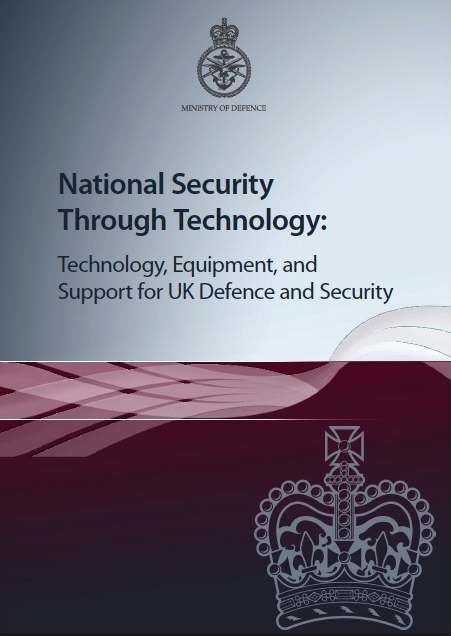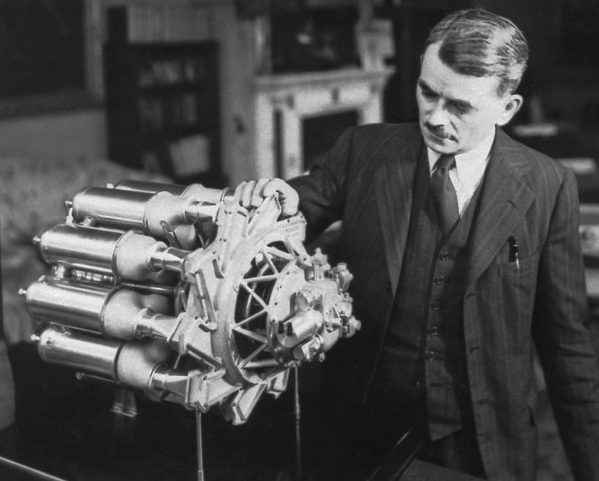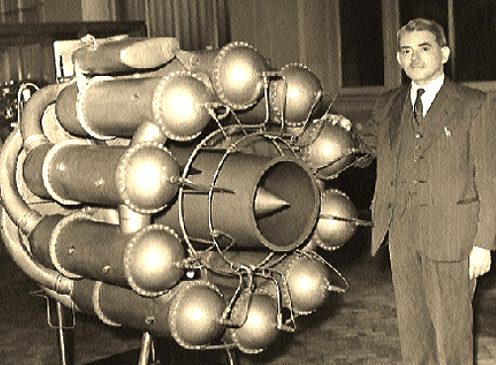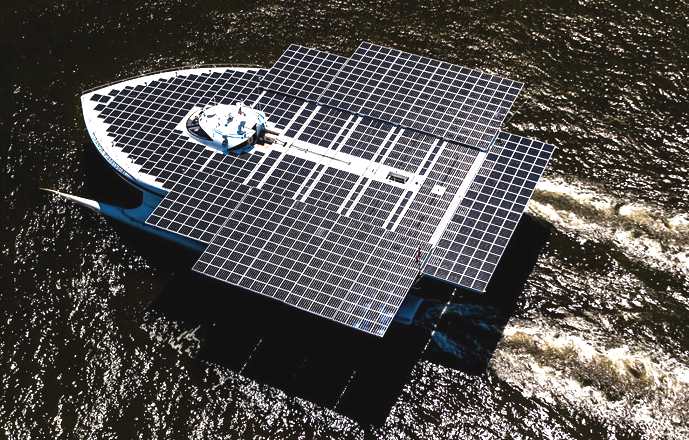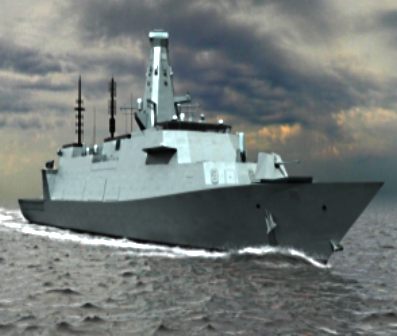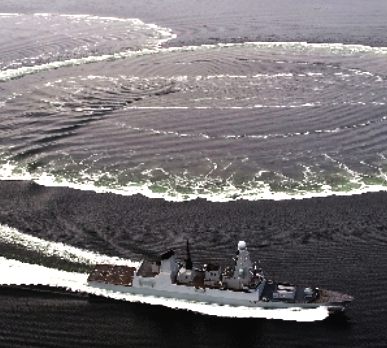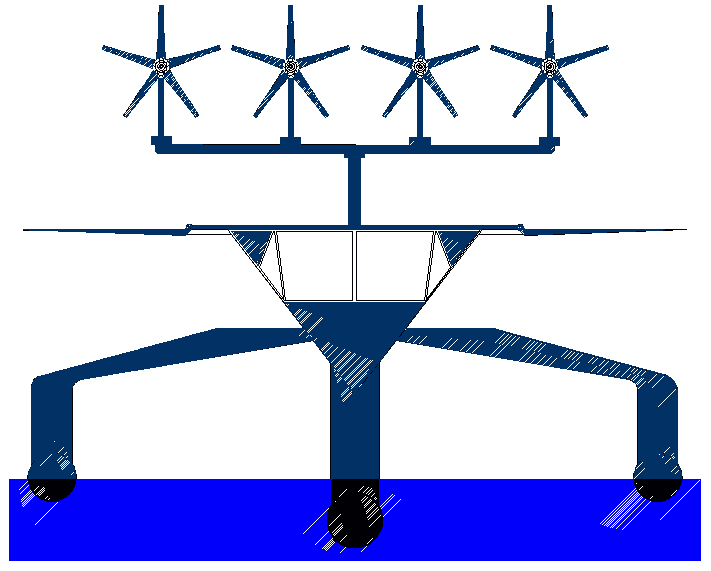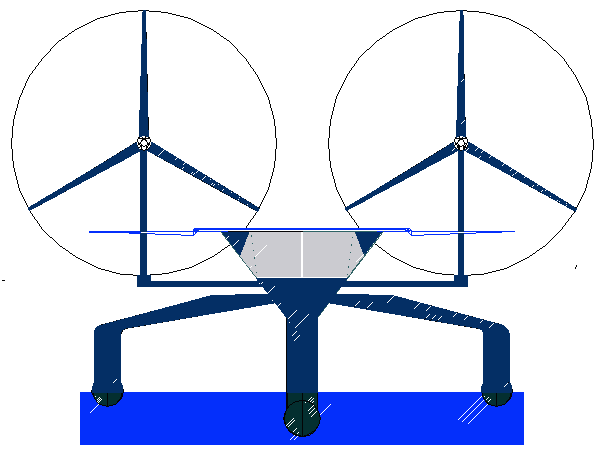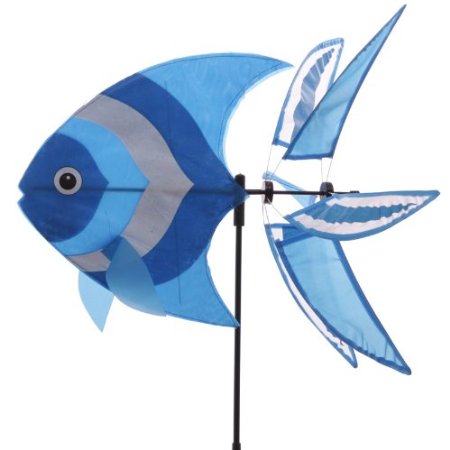|
CDE - Centre for Defence Enterprise
|
|
|
CDE ENDURING CHALLENGE COMPETITION - PROPOSALS FOR JULY 2014 ASSESSMENT
24/06/2014 - Proposals must be submitted by 1700 on 24/06/2014
Dstl's Centre for Defence Enterprise (CDE) proves the value of novel, high-risk, high-potential-benefit research sourced from the broadest possible range of science and technology providers, including academia and small companies, to enable development of cost-effective capability advantage for UK Armed Forces and national security.
CDE's
enduring challenge competition (previously known as the Open Call is
continually open to all highly innovative ideas that challenge existing
conventions and have a high potential benefit for the military end user.
The enduring challenge competition particularly seeks innovative,
proof-of-concept research proposals in the areas of:
persistent surveillance, status of
digital systems)
delivery, interoperability)
training, medical)
The
enduring challenge competition runs on a monthly cycle. For
your proposal to be considered in that month, your proposal must be
submitted via CDE’s
online Portal before 17:00 hrs on the closing date. PRESS RELEASE 15 October 2013
Innovation Networks Launched by Dstl’s Centre for Defence Enterprise
New Innovation Networks are being launched by the Defence Science and Technology Laboratory's (Dstl) Centre for Defence Enterprise (CDE) offering greater support to industry and academia.
The CDE has, over the past few years, offered a range of activities and events to small and medium-sized enterprises (SMEs) and academia. It is now pulling all of these engagement activities into a new-style event, where more information will be provided on themed and open competitions, teams from Dstl will be on hand to discuss potential proposals, and projects previously funded by CDE will be showcased.
The first Innovation Network, to be held on 27 November 2013, features a cyber-defence themed competition. This will be followed by a similar event on 3 December 2013 featuring two themed competitions on computational materials science and engineering, and the protection of military platforms.
CDE intends to hold ten Innovation Network events per year to help create, support and sustain a network of innovators and people from the defence industry and supporting organisations, to not only bring innovative new ideas into defence, but also allow new relationships to develop that help exploit and commercialise the best ideas and technologies. Each event could result in up to £1m of successful proposals being funded.
Philip Dunne - Minister for Defence Equipment, Support and Technology
Andy Nicholson, Dstl's new Head of CDE and Supplier Engagement says: "CDE offers real opportunities for science and technology providers, in particular SMEs, to get a foot in the door to working in the defence sector. I'd encourage innovators to come along to one of our events to find out what we're looking for, how to apply for funding, network with others and even find collaborative partners."
“CDE also plays a crucial role in ensuring SMEs have direct access to MOD contracts. We saw first-hand the results of CDE’s work and the valuable impact this can have.”
The Minister for Defence Equipment, Support and Technology
Philip Dunne recently chaired a forum at the Centre for Defence Enterprise (CDE) which sought to support small and medium-sized enterprises to win more business in the defence sector.
Mr Dunne said: “CDE shows how MOD works closely with companies, including SMEs, to provide innovative equipment and support for our
Armed Forces. Since CDE was established in 2008, it has received more than 4,700 research proposals, with around 750 selected for funding, resulting in a total contract value of £44 million. Almost a half (45%) of all CDE contracts go to SMEs, with 30% going to large companies and 25% being awarded to innovators within academia.
To find out more, a video about CDE can also be viewed at: www.youtube.com/dstlmod
A webinar will be held on 7 November 2013.
Registration is via the website: www.science.mod.uk under "Events and Calls."
For more information contact the Dstl press office on 01980 658666, 07901 892660, press@dstl.gov.uk
ONE THAT GOT AWAY - Frank Whittle secured backing for his jet engine ideas with Royal Air force Force approval in 1935. Power Jets Ltd was formed in July 1936 to begin tests that proved inconclusive. Whittle lacked the necessary finances until after protracted negotiations with the Air Ministry after WWII had begun in 1940. A bit late, and uncle Adolf may have thought twice about invasion plans if we ruled the skies with super-fast jets, but there we are. Thank heavens we had radar. By April 1941 the engine was ready for tests. A first flight was made on 15 May 1941. By October the United States had heard of the project and asked for the details and an engine. A Power Jets team and the engine were flown to Washington for General Electric to examine and begin construction. The Americans worked quickly. Their XP-59A Airacomet was airborne in October 1942, before the British Meteor, which became operational in 1944, too late to help in the war effort. Had the MOD leapt on the idea when it was first presented, it could have shortened the war considerably, in addition to increasing UK revenues from the patent that never was. The jet engine proved a winner in America where the technology was enthusiastically embraced. Whittle was knighted in 1948 and went to work in the US shortly afterwards, becoming a research professor at the US Naval Academy at Annapolis. The lesson to be learned here is that innovation germinates in response to the world around us - and we must keep up with current trends or give ideas away for lack of support. Patent law determines that financial backing is needed in the first Eureka year, or becomes lost.
CENTRE FOR DEFENCE ENTERPRISE (CDE)
Swiss world record breaking solar boat, idea first proposed by British inventor in 1994/5 and repeatedly brought to the attention of the MOD - another one that got away.
APPLYING
TO THE CDE
web forms should highlight the key aspects of your innovation and is the primary basis for proposal assessments.
LINKS
GOVERNMENT UK DSTL defence science and technology laboratory http://www.science.mod.uk/engagement/enterprise.aspx http://www.science.mod.uk/Engagement/the_portal.aspx https://www.gov.uk/government/organisations/defence-science-and-technology-laboratory https://www.dstl.gov.uk/centrefordefenceenterprise https://www.dstl.gov.uk http://www.maritimejournal.com/news101/industry-news/ukho-appoints-new-national-hydrographer http://en.wikipedia.org/wiki/United_Kingdom_Hydrographic_Office http://www.ths.org.uk http://www.spri.cam.ac.uk/friends/committee/ http://www.thefutureofnavigation.com/ten_steps.aspx http://www.quaynote.com/ankiti/www/?code=ecdis13&f=programme Wiki United_Kingdom_Hydrographic_Office https://www.dstl.gov.uk/insight US Department of Navy Research, development & Acquisition - http://acquisition.navy.mil/ US Fleet Forces Command - http://www.cffc.navy.mil/ US http://www.msc.navy.mil/ http://en.wikipedia.org/wiki/Naval_Oceanographic_Office
The Bluefish™ platform in a modified form is suitable for adaptation to a robotic battleship. The Wolverine ZCC™ in its ultimate form may carry 4 x Tomahawks, 30 x SAMs, 2 x 12.75" and 2 x 21" torpedoes + an ROV or minisub. Not bad for a 50 ton battleship that needs no crew and runs on clean energy from nature. A zoned network of these ships can police international waters, attack and sink enemy aircraft carriers and submarines in formation and shoot down aircraft that present a potential threat to national security. Alongside the proposed patrol vessel is a higher powered combat version with 176kW total energy harvesting equipment for sprint speeds in excess of 20 knots.
|
|
|
This website is Copyright © 2014 Bluebird Marine Systems Ltd. The names Bluebird™, Bluefish™, Blueplanet BE3 Ecostar DC50™, and the blue bird and fish in flight logos are trademarks. The color blue is an essential element of the marks. All other trademarks are hereby acknowledged.
|
